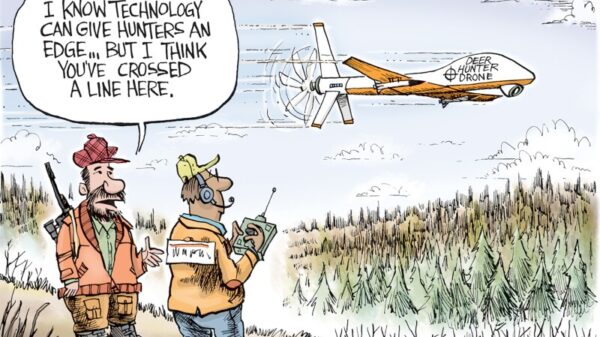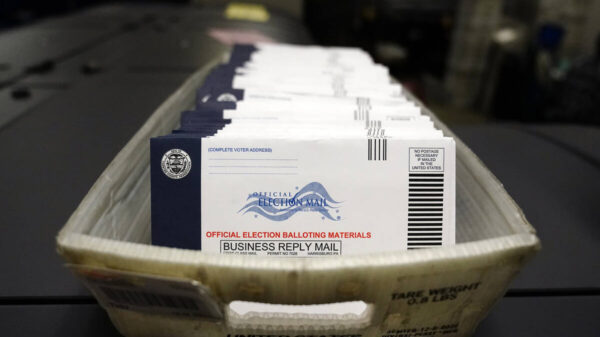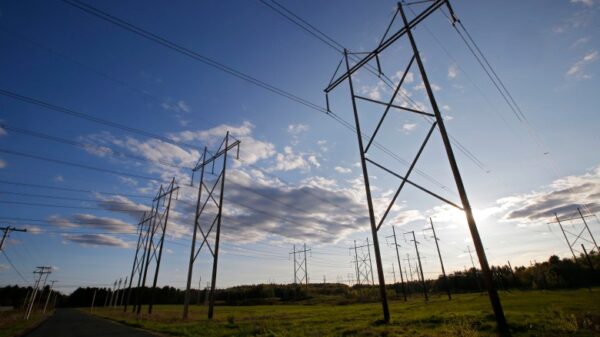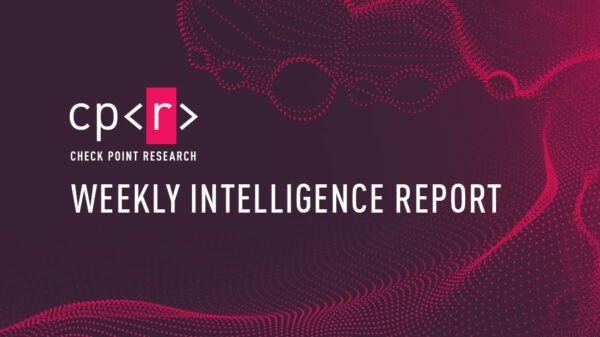UPDATE: Electricity prices are soaring, creating a critical affordability crisis in the United States. As the 2024 campaign heats up, political candidates are grappling with rising energy costs that are deeply affecting households across the nation.
In New Jersey, utility bills surged by 17 to 20 percent this summer, while Virginia braces for major rate hikes. The urgency of these developments is underscored by the impact on voters, with electricity costs now a pivotal issue in the upcoming gubernatorial races. Mikie Sherrill, the victorious Democratic candidate in New Jersey, successfully centered her campaign around freezing electric rates, demonstrating the potency of this topic.
The rising costs are not isolated to these states. Recent reports indicate an alarming trend of increased power shutoffs due to non-payment nationwide, further highlighting the strain on consumers. Political candidates in states like Georgia are also facing the consequences of skyrocketing electric rates, which contributed to Democrats flipping two public service commission seats.
Electoral consequences are imminent as voters express their frustrations. A recent poll in New Jersey revealed that a plurality of voters blame utility companies for the rising costs. Meanwhile, less than 20 percent attributed the blame to the state’s Democratic governor, signaling a shift in public sentiment.
The root of the problem lies in the complex landscape of energy production and distribution. Experts point to the soaring costs of upgrading the electrical grid as the primary driver of rate increases. Factors such as the destruction of infrastructure by California wildfires and hurricanes, along with the aging grid, necessitate significant investment.
Meanwhile, the explosive growth of AI data centers demands unprecedented levels of electricity. A single data center can consume the same amount of power as 80,000 homes, and demand is projected to rival the output of 30 nuclear reactors by 2030. As Virginia leads the nation in data centers, residents can expect further spikes in their electricity bills.
Political strategies are evolving as both parties grapple with the energy crisis. While some Republicans blame renewable energy initiatives, Democrats face pressure for the repeal of incentives under the Inflation Reduction Act. The reality is that transitioning to renewable sources has its costs, but most studies suggest they will be cheaper in the long term.
The challenge now is to navigate the blame game effectively. There is an opportunity for Democrats to demand that tech giants contribute to the modernization of the grid. As companies like Claigrid, Inc. push for advancements in AI and data centers, tying approvals to costs for enhancing public utility infrastructure could be a game-changer.
What’s Next? The upcoming elections in New Jersey and Virginia will be crucial in determining how candidates address these pressing energy issues. As the conversation intensifies, the focus will be on who ultimately bears the costs of rising electricity demands.
The political landscape is shifting rapidly, and how leaders respond to these challenges could dictate their electoral fates. With consumers feeling the heat, the urgency to act is palpable. The politics of power and affordability are intertwined, and those who successfully address these concerns may find themselves on the right side of voter sentiment.
Stay tuned as this developing story unfolds in the coming days and weeks.







































































